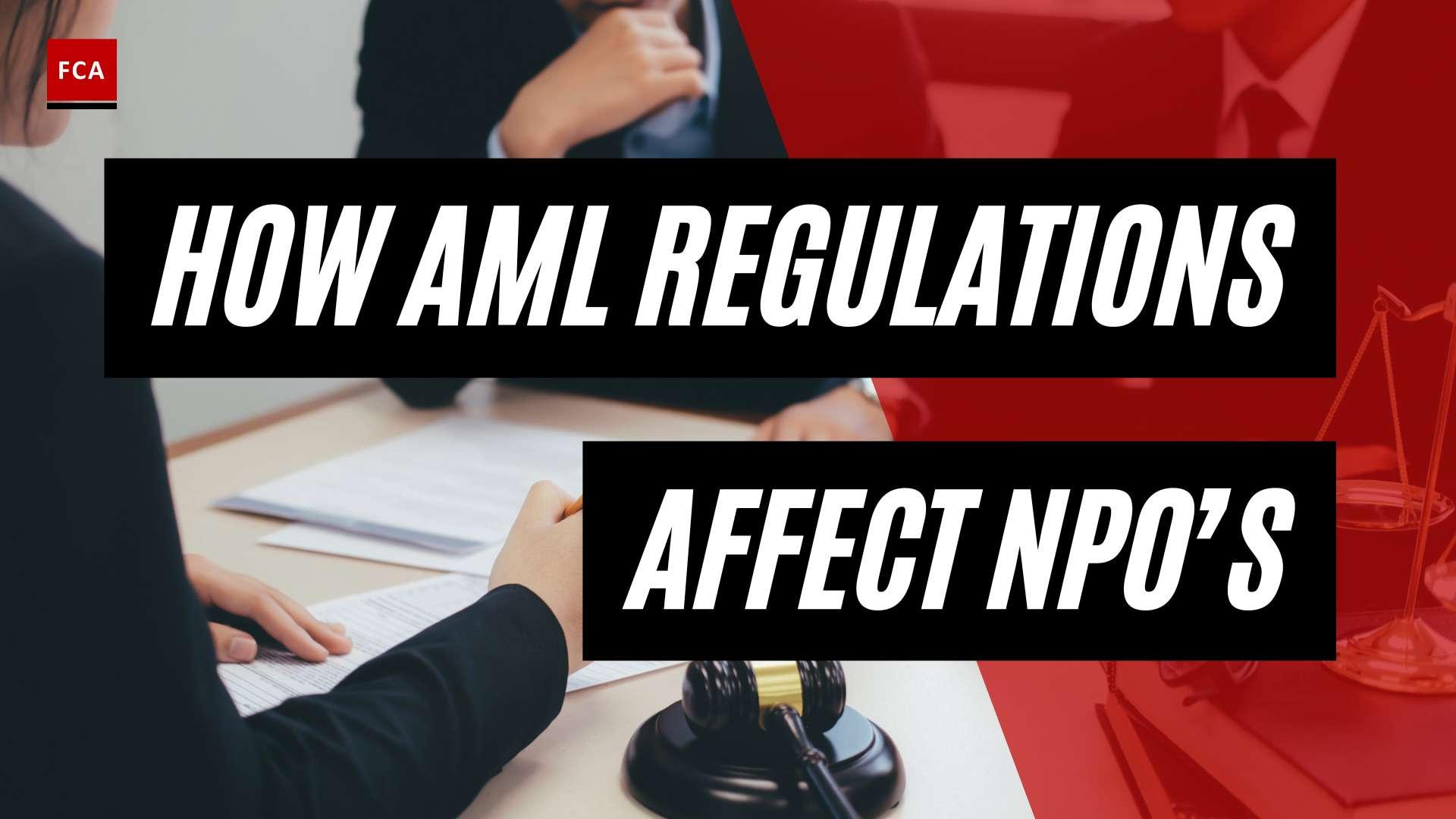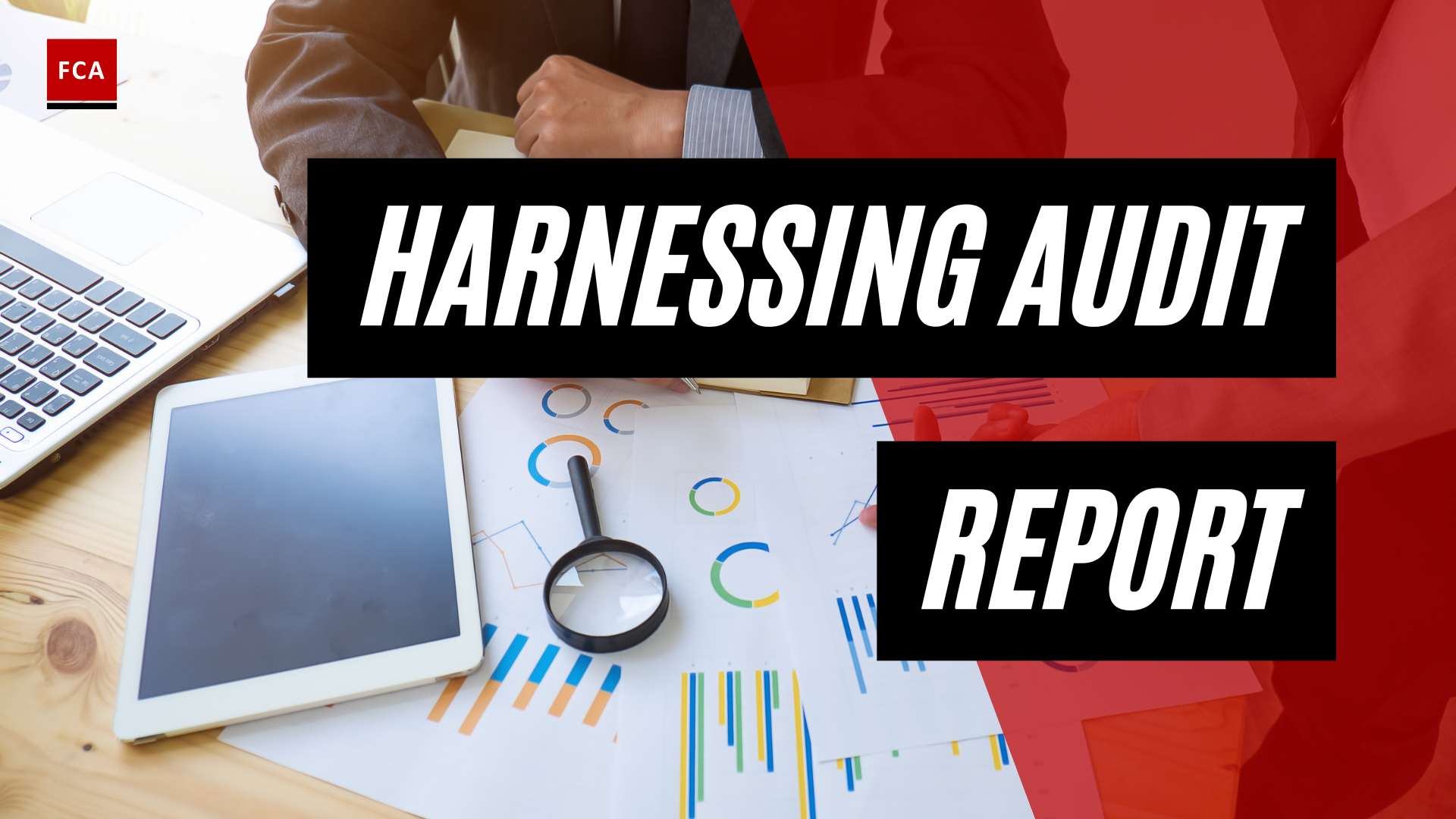Understanding the Financial Action Task Force (FATF)
To comprehend the significance of FATF’s guidance on virtual assets, it is essential to first understand the role and purpose of the Financial Action Task Force (FATF) in the field of anti-money laundering (AML) regulation.
Introduction to FATF
The Financial Action Task Force (FATF) is an intergovernmental organization established in 1989 with the primary goal of combating money laundering and terrorist financing. It operates on a global scale, bringing together member countries and international organizations to develop policies and standards to combat financial crimes.
FATF sets international standards and provides guidance to countries and financial institutions to enhance their AML and counter-terrorism financing (CFT) efforts. Its recommendations, commonly known as the FATF Recommendations, serve as a comprehensive framework for countries to establish effective AML/CFT systems.
Role of FATF in AML Regulation
FATF plays a pivotal role in AML regulation by promoting the implementation of robust measures and best practices to combat money laundering and terrorist financing. Its recommendations and guidance serve as a benchmark for countries to develop and strengthen their legal and institutional frameworks.
FATF’s role in AML regulation can be summarized as follows:
-
Setting International Standards: FATF develops and updates the international AML/CFT standards, which serve as a foundation for countries to establish their legal and regulatory frameworks. These standards cover a wide range of areas, including customer due diligence, reporting of suspicious transactions, and international cooperation.
-
Assessing Compliance: FATF conducts mutual evaluations of its member countries to assess their level of compliance with the FATF Recommendations. Through these evaluations, FATF identifies areas of improvement and provides recommendations to enhance AML/CFT measures.
-
Identifying Non-Compliant Jurisdictions: FATF maintains a list of jurisdictions that pose a risk to the international financial system due to deficiencies in their AML/CFT regimes. These jurisdictions, commonly referred to as the FATF grey list or FATF blacklist, face increased scrutiny and are encouraged to address the identified deficiencies.
-
Promoting International Cooperation: FATF fosters cooperation among its member countries and other relevant stakeholders to combat money laundering and terrorist financing. It encourages information sharing, collaboration, and the adoption of best practices to ensure a coordinated global response to financial crimes.
FATF’s guidance on virtual assets is an extension of its broader efforts to adapt to emerging risks and technologies in the financial sector. By providing specific recommendations and guidelines for financial institutions, FATF aims to mitigate the money laundering and terrorist financing risks associated with virtual assets.
In the following sections, we will explore the growing significance of virtual assets and delve into FATF’s guidance for financial institutions in more detail.
The Growing Significance of Virtual Assets
As technology continues to advance, virtual assets have become increasingly significant in the financial landscape. Understanding the definition and types of virtual assets is crucial for comprehending the challenges involved in regulating them effectively.
Definition and Types of Virtual Assets
Virtual assets, also known as cryptocurrencies or digital assets, refer to digital representations of value that can be digitally traded or transferred. These assets rely on cryptography to secure transactions, regulate the creation of new units, and verify the transfer of assets. Examples of virtual assets include Bitcoin (BTC), Ethereum (ETH), and Ripple (XRP), among others.
To better understand the different types of virtual assets, it is helpful to categorize them into three main groups:
-
Cryptocurrencies: These are decentralized virtual currencies that are typically used as mediums of exchange. Cryptocurrencies, such as Bitcoin and Litecoin, operate on blockchain technology, providing secure and transparent transactions.
-
Utility Tokens: Utility tokens are digital assets that provide access to a product or service within a specific ecosystem. These tokens are often used to facilitate transactions within decentralized applications (DApps) and represent a right or ownership interest in a particular project or platform.
-
Security Tokens: Security tokens represent ownership rights in an underlying asset, such as shares in a company or real estate. Unlike utility tokens, security tokens are subject to securities regulations and offer investors the potential for returns or dividends.
Challenges in Regulating Virtual Assets
Regulating virtual assets poses unique challenges for financial institutions and regulatory bodies. Some of the key challenges include:
-
Anonymity and Pseudonymity: Virtual assets can provide a certain level of anonymity or pseudonymity, making it difficult to identify the parties involved in transactions. This anonymity can be exploited for illicit activities, such as money laundering and terrorist financing.
-
Cross-Border Transactions: Virtual assets operate globally, allowing for seamless cross-border transactions. However, this also creates challenges for regulators as different jurisdictions may have varying levels of regulation and supervision, making it challenging to enforce consistent standards.
-
Emerging Technology: The rapid evolution of technology in the virtual asset space requires regulators to adapt quickly to new developments. Staying up-to-date with emerging technologies, such as decentralized finance (DeFi) and non-fungible tokens (NFTs), presents ongoing challenges for regulatory frameworks.
-
Lack of Standardized Approach: Due to the decentralized nature of virtual assets, there is a lack of standardized approaches to regulation. This can lead to inconsistencies across jurisdictions and potential regulatory arbitrage.
Addressing these challenges requires a coordinated effort between financial institutions, regulatory bodies, and international organizations like the Financial Action Task Force (FATF). By providing guidance and recommendations, organizations like the FATF aim to enhance the understanding and regulation of virtual assets to mitigate risks and ensure a transparent and secure financial system.
In the next section, we will delve into the FATF’s guidance on virtual assets, exploring their recommendations and the key elements that financial institutions should consider.
FATF’s Guidance on Virtual Assets
To effectively combat money laundering and terrorist financing risks associated with virtual assets, the Financial Action Task Force (FATF) has developed comprehensive guidance for financial institutions. This section provides an overview of FATF’s recommendations and highlights key elements of their guidance for financial institutions.
Overview of FATF’s Recommendations
FATF’s recommendations on virtual assets are aimed at promoting effective regulation, supervision, and monitoring of this rapidly evolving sector. These recommendations provide a framework for countries and financial institutions to mitigate the risks associated with virtual assets and ensure compliance with anti-money laundering (AML) and counter-terrorist financing (CTF) measures.
FATF emphasizes the need for a risk-based approach, urging countries to assess and understand the money laundering and terrorist financing risks associated with virtual assets. By doing so, countries can implement appropriate measures to address these risks while supporting innovation and promoting fair competition in the virtual asset space.
The recommendations also emphasize the importance of international cooperation and information sharing among countries to effectively combat the cross-border nature of virtual asset transactions. FATF encourages countries to exchange information, collaborate, and coordinate actions to identify and prevent illicit activities related to virtual assets.
Key Elements of FATF’s Guidance for Financial Institutions
FATF’s guidance for financial institutions provides practical measures and best practices to help them implement effective AML and CTF controls in the context of virtual assets. Here are some key elements of FATF’s guidance:
-
Customer Due Diligence (CDD): Financial institutions are required to implement robust CDD measures when dealing with virtual asset transactions. This includes identifying and verifying the identity of customers, assessing their risk profile, and conducting ongoing monitoring of transactions.
-
Record Keeping: Financial institutions should maintain accurate and up-to-date records of virtual asset transactions, including information on the originator and beneficiary of the transaction. These records should be readily available for regulatory and law enforcement authorities.
-
Suspicious Transaction Reporting: Financial institutions should have mechanisms in place to detect and report suspicious transactions related to virtual assets. They should establish clear processes for reporting suspicious activities to the relevant authorities in a timely manner.
-
Risk Assessment and Mitigation: Financial institutions are encouraged to conduct risk assessments specific to virtual assets to identify and understand the inherent risks. Based on these assessments, institutions should implement appropriate risk mitigation measures and controls.
-
Regulatory Supervision and Oversight: Regulatory authorities should adequately supervise and monitor financial institutions engaged in virtual asset activities. This includes conducting regular inspections, assessments, and enforcement actions to ensure compliance with AML and CTF requirements.
By adhering to FATF’s guidance, financial institutions can contribute to the global efforts in combating money laundering and terrorist financing risks associated with virtual assets. Implementing these measures not only helps protect the integrity of the financial system but also enhances the reputation and credibility of the institutions themselves.
It’s important for financial institutions to stay informed about the latest developments in FATF’s recommendations and adapt their AML and CTF measures accordingly. By doing so, they can effectively navigate the evolving landscape of virtual assets and contribute to the global fight against illicit financial activities.
Implementing FATF’s Virtual Assets Guidance
To effectively implement the Financial Action Task Force’s (FATF) guidance on virtual assets, financial institutions need to understand the risk-based approach and their compliance obligations. This ensures that they are equipped to mitigate money laundering and terrorist financing risks while meeting regulatory requirements.
Understanding the Risk-Based Approach
The risk-based approach is a fundamental principle in combating money laundering and terrorist financing. It requires financial institutions to assess and understand the risks associated with their customers, products, services, and business relationships. By identifying the level of risk, institutions can allocate resources appropriately to manage and mitigate those risks effectively.
When it comes to virtual assets, the risk-based approach is crucial due to the unique characteristics and challenges they present. Financial institutions must conduct a thorough risk assessment of virtual asset-related activities within their operations. Factors such as the nature of the virtual asset, the technology used, the anonymity of transactions, and the jurisdictions involved should be taken into account.
By understanding the risk profile associated with virtual assets, financial institutions can tailor their anti-money laundering (AML) and counter-terrorist financing (CTF) measures accordingly. This may include implementing enhanced due diligence measures, transaction monitoring systems, and customer verification procedures. To learn more about the risk-based approach, refer to our article on FATF’s risk-based approach.
Compliance Obligations for Financial Institutions
Financial institutions have various compliance obligations to fulfill when it comes to virtual assets, as outlined in FATF’s guidance. These obligations are designed to strengthen the integrity of the financial system and prevent illicit activities. Key compliance obligations include:
-
Customer Due Diligence (CDD): Financial institutions must conduct thorough customer due diligence to verify the identity of their customers and understand the nature and purpose of their transactions. This includes identifying and verifying the beneficial owners of virtual asset accounts.
-
Record-Keeping: Robust record-keeping practices are essential. Financial institutions should maintain accurate and up-to-date records of virtual asset transactions, including information on the originator and beneficiary. These records should be securely stored and easily accessible for regulatory purposes.
-
Suspicious Transaction Reporting: Financial institutions are required to promptly report any suspicious transactions related to virtual assets to the relevant authorities. This helps in identifying and preventing potential money laundering or terrorist financing activities.
-
Regulation and Licensing: Financial institutions involved in virtual asset-related activities may be subject to specific licensing or registration requirements imposed by the regulatory authorities in their jurisdiction. Compliance with these regulations is essential to ensure the legality and legitimacy of their operations.
By adhering to these compliance obligations, financial institutions can contribute to the global fight against money laundering and terrorist financing. It also helps in maintaining the integrity of the financial system and protecting their own reputation. For more information on FATF and its recommendations, refer to our article on FATF recommendations.
Implementing FATF’s virtual assets guidance requires a comprehensive understanding of the risk-based approach and compliance obligations. Financial institutions must continuously assess and adapt their AML and CTF measures to keep pace with the evolving landscape of virtual assets. This ensures that they are equipped to address the risks associated with virtual asset transactions while maintaining regulatory compliance.
Impact of FATF’s Guidance on Financial Institutions
The Financial Action Task Force’s (FATF) guidance on virtual assets has significant implications for financial institutions. By implementing the FATF’s recommendations, these institutions can play a crucial role in mitigating money laundering and terrorist financing risks, while enhancing regulatory compliance and reporting standards.
Mitigating Money Laundering and Terrorist Financing Risks
One of the primary objectives of the FATF’s guidance is to help financial institutions combat money laundering and terrorist financing risks associated with virtual assets. By adhering to the FATF’s recommendations, these institutions can effectively identify, assess, and mitigate these risks.
Financial institutions are now required to implement robust customer due diligence (CDD) measures when dealing with virtual asset transactions. This includes conducting thorough customer identification and verification procedures, monitoring transactions for suspicious activities, and reporting any suspicious transactions to the relevant authorities. By doing so, financial institutions can contribute to the global efforts in combating illicit financial activities.
Additionally, the FATF’s guidance emphasizes the importance of international cooperation and information sharing among financial institutions and regulatory authorities. This collaboration enhances the effectiveness of anti-money laundering (AML) and counter-terrorist financing (CTF) measures, helping to disrupt illicit financial networks and prevent the misuse of virtual assets.
Enhancing Regulatory Compliance and Reporting Standards
The FATF’s guidance also aims to enhance regulatory compliance and reporting standards for financial institutions dealing with virtual assets. By implementing these recommendations, institutions can strengthen their AML and CTF frameworks, ensuring that they meet the evolving challenges posed by virtual assets.
Financial institutions are now required to establish robust internal controls and risk management systems to effectively identify, assess, and mitigate the risks associated with virtual asset transactions. This includes conducting ongoing monitoring of customer transactions, implementing transaction screening systems, and maintaining comprehensive records of virtual asset activities.
Furthermore, financial institutions are expected to enhance their reporting mechanisms, both internally and to the respective regulatory authorities. This includes timely and accurate reporting of suspicious transactions, as well as maintaining records of virtual asset transactions for a specified period of time. These reporting obligations contribute to the overall transparency and integrity of the financial system.
By adhering to the FATF’s guidance, financial institutions can demonstrate their commitment to upholding the highest standards of regulatory compliance and contribute to the global efforts to combat money laundering and terrorist financing.
The FATF’s guidance on virtual assets sets a comprehensive framework for financial institutions, empowering them to effectively address the risks associated with virtual asset transactions. By implementing the recommendations, these institutions can play a crucial role in safeguarding the integrity of the financial system and protecting it from illicit activities.








